Kingdom Fungi Subdivision Pezizomycotina Rank Species | Genus Morchella Higher classification True ls | |
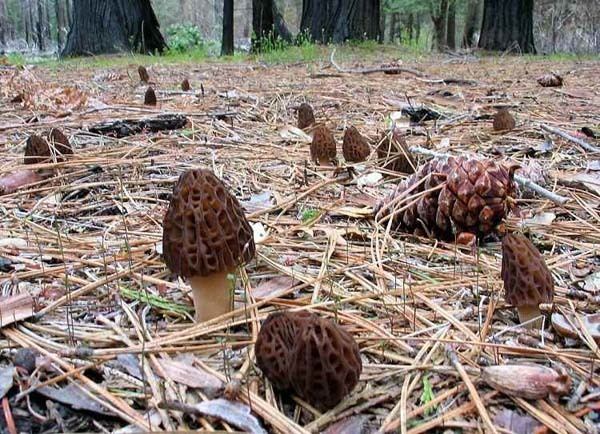 | ||
Similar True ls, Morchella conica, Morchella esculenta, Half‑free l, Morchellaceae | ||
Morchella elata fire morels australia
Morchella elata is a species of fungus in the family Morchellaceae. It is one of many related species commonly known as black morels, and until 2012 the name M. elata was broadly applied to black morels throughout the globe. Like most members of the genus, M. elata is a popular edible fungus and is sought by many mushroom hunters.
Contents
- Morchella elata fire morels australia
- Taxonomy and phylogeny
- Description
- Ecology Distribution
- Toxicity
- References
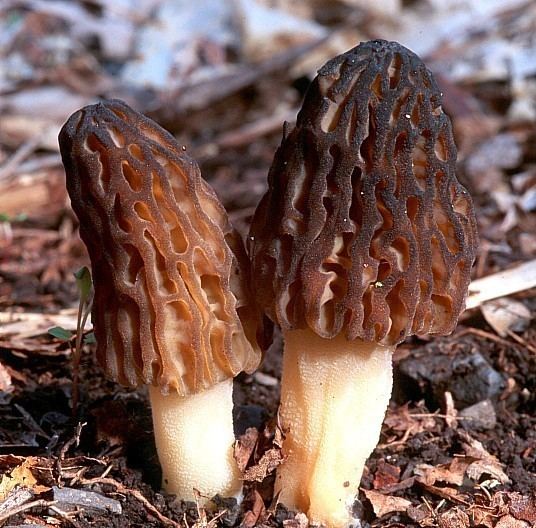
Taxonomy and phylogeny
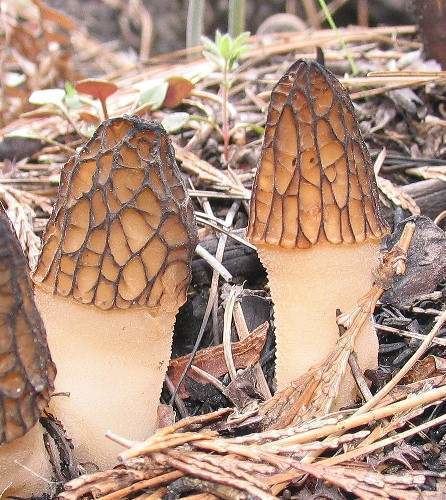
The fruit bodies of Morchella species, including M. elata, are highly polymorphic in appearance, exhibiting variations in shape, color and size; this has contributed to uncertainties regarding taxonomy. Discriminating between the various species is complicated by uncertainty regarding which species are truly biologically distinct. Mushroom hunters refer to them by their color as the species are very similar in appearance and vary considerably within species and age of individual.

Early phylogenetic analyses supported the hypothesis that the genus comprises only a few species with considerable phenotypic variation. More recent DNA work, however, has revealed more than a dozen distinct groups of morels in North America, and over 60 worldwide. An extensive DNA study showed three discrete clades, or genetic groups, consisting of the black morels (Morchella elata and others), the yellow morels (Morchella esculenta and others), and the white morels (Morchella rufobrunnea and Morchella anatolica). Species within the Elata clade (also referred to as Distantes), are characterised by the gradual darkening of their sterile ridges upon maturity, with the exception of Morchella tridentina (=Morchella frustrata), which has persistently pale ridges. Within the black and yellow clades, there are dozens of individual species, many endemic to individual continents or regions. This species-rich view is supported by studies in North America, Western Europe, Turkey, Israel, the Himalayas, and China.
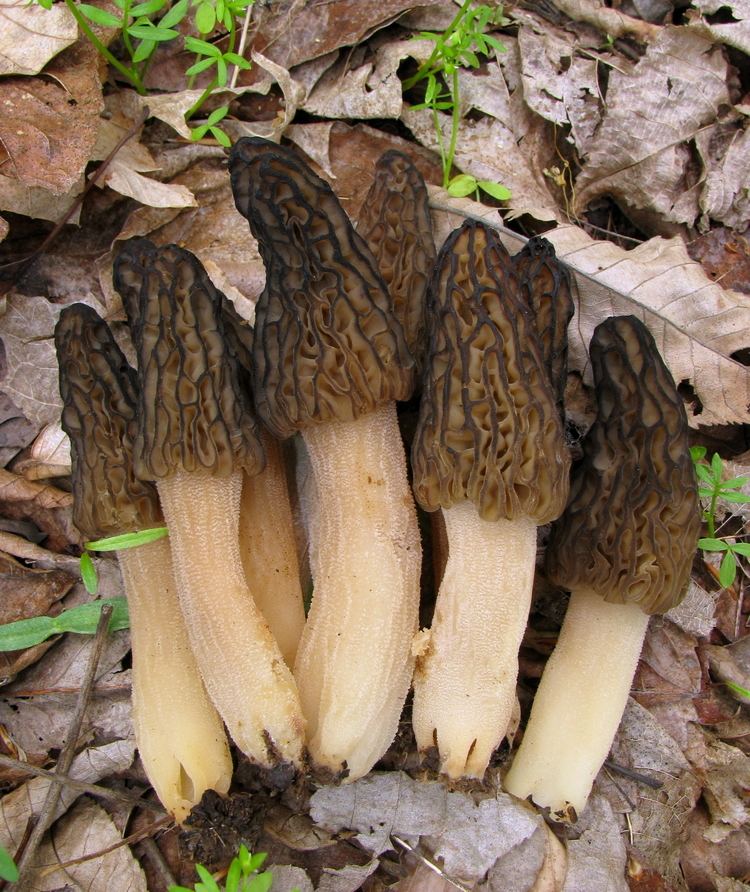
The scientific name Morchella elata was proposed by Elias Magnus Fries from Europe in 1822. DNA analysis in 2011 has shown North American black morels to be largely distinct from European species, therefore restricting the use of the M. elata name to Europe. In 2012, Kuo et al. provided names for many of the North American black morels that may have been referred to as M. elata in the past. However, in a subsequent study by Richard et al. (2014) proposing a unified taxonomy for the genus, it is suggested that Fries' original description of Morchella elata may correspond to phylogenetic lineage Mel-10, which has been since described from North America as Morchella importuna, but later shown to have a widespread transcontinental distribution.
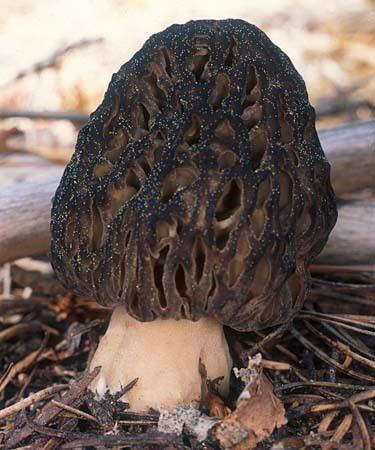
The variety M. elata var. purpurescens, characterised by the purple- or pink-colored tinges of its ascocarps, is now considered to belong to a phylogenetically distinct lineage (Richard et al. 2014).
Description
Morchella elata has operculate asci (i.e., asci opening by an apical lid to discharge the spores). It further has unicellular hyaline ascospores with polar oil droplets.
Despite the fact that many interpretations of M. elata exist throughout the years, most authors agree that Fries' original concept refers to a species with dark, conical ascocarps and more or less parallel vertical ridges, with horizontal interconnecting ridges arranged in a "ladderlike" pattern.
This is an edible species, although like other morels, some individuals may be allergic to it.
Ecology & Distribution
Morchella elata fruits during spring on soil. Fries' original description, which was based on a collection from a fir wood in Sweden, reported it as rare: "In silvis abiegnis, praecipue locis humidis adustis, raro". However, since the true identity of M. elata is not yet fully clarified, its exact ecological preferences and distribution remain unclear.
Toxicity
Morels contain small amounts of hydrazine toxins that are removed by thorough cooking; morel mushrooms should never be eaten raw. It has been reported that even cooked morels can sometimes cause mild intoxication symptoms when consumed with alcohol.
When eating this mushroom for the first time it is wise to consume a small amount to minimize any allergic reaction. Morels for consumption must be clean and free of decay.
